How to Create a Multi-Coloured Living Room Easily
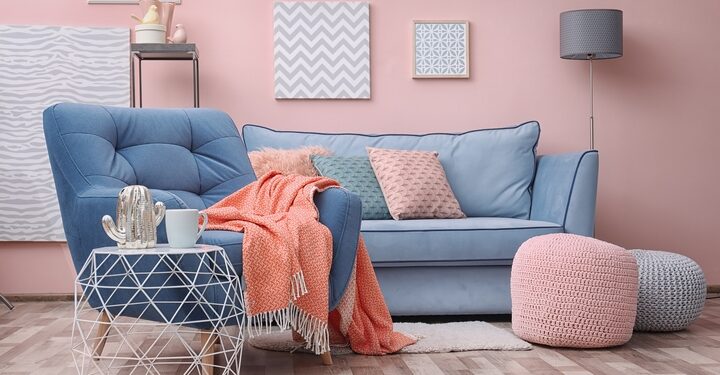
A living room of many colours. What a beautiful image that can be. A splash of colour here, another colour dabbed over there. In dots, stripes, or shapes. By pattern or done in a more abstract configuration. There are lots of ways to create a multi-coloured living room.
As fun and exciting as playing with three or more colours, creativity and style have got to have some strategy behind them. After all, you want your living room to be cohesive, no matter what you use.
Let’s learn about how to create a multi-coloured living room.
Plan Your Colour Scheme

You can’t go into decorating a living room without a plan. To start, you need to define a colour scheme. Identify what colours you want to use and how you intend to make the most of them. Try to find colours that naturally fit together. You could do a monochromatic, complementary, or colour scheme.
Suppose you aren’t sure where to start with a colour scheme for a multi-coloured living room, research sites like Pinterest and Instagram. See how other people have used colours for traditional living rooms unexpectedly. You will see all styles, from multi-coloured minimalism to modern, mid-century, retro, luxury, professional, and more.
Your Furniture Makes a Statement
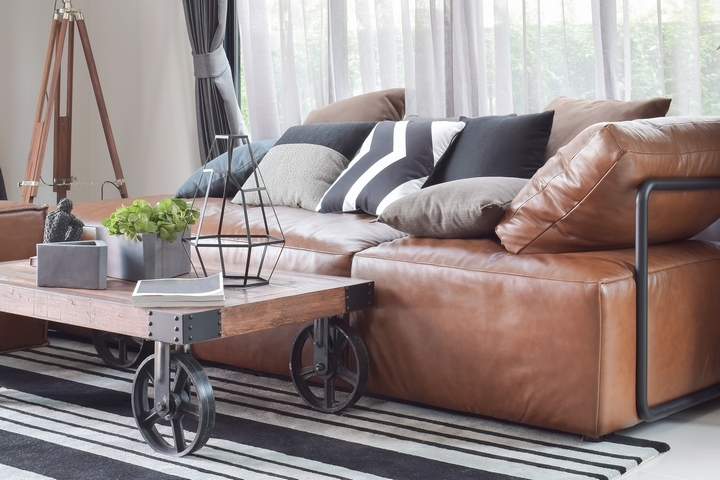
Furniture will typically make your biggest statement if you create a multi-coloured living room. If your base colours on the walls are light and neutral, go bold and dark with your living room furniture.
If your base colours are darker, go light in the shade with the furniture. Make your furniture saturated, bold, and crisp. Your sofa, in particular, should make a statement of some kind. Check out living room furniture sets for the best themes and pieces.
Toy with Textures and Materials
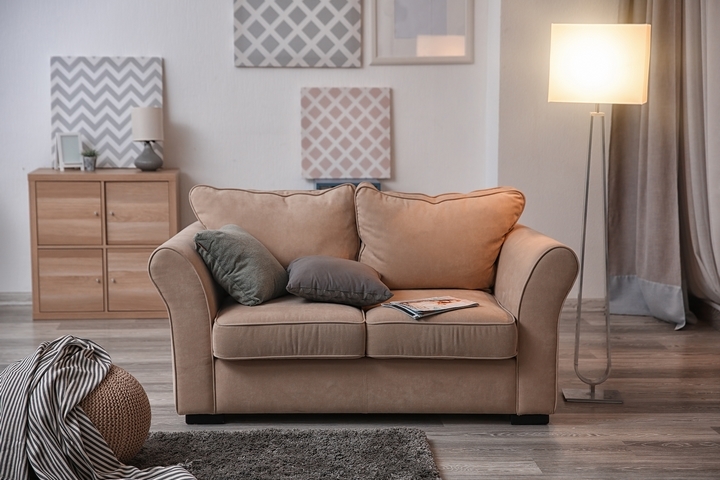
Let’s say you decide on three colours for your living room. There’s a lot of variety you can have, even with two. Layer textures with throw pillows, rugs, curtains, or another decor.
Has the colour reflected in different materials across your living room furniture and accessories? Be open to different textures if you’re not getting the full impact from your colour scheme.
Use Minimalist Colour Patterns
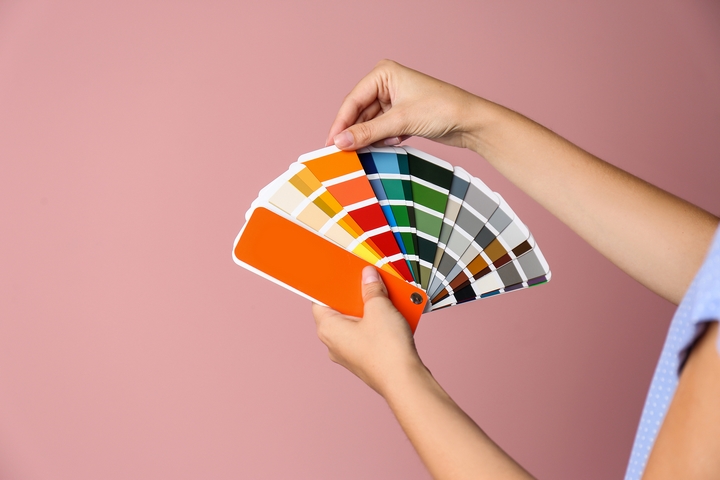
Your colour is going to come in patterns. Make these purposeful. Find a nice pattern for a multi-coloured living room that’s appropriate to the scale and balance of the room.
You may have contrasting patterns, such as if there’s a natural colour pattern in your living room furniture and another in how the walls are painted. This is alright so long as the colours are complementary. Naturally, you want to be aware of any colour clashing you find.
Lay Down a Neutral Base Colour

You can get as colourful as you want with your living room, but when you start, it’s often best to start with a base colour. That base colour is ideally neutral.
This makes it easy to top, decorate, and modify with much stronger colours, still maintaining a cohesive finished look. The neutral base colour can come from what you pick for your living room furniture, your flooring, and how you paint the walls.
Define Sub-Spaces in Your Living Room
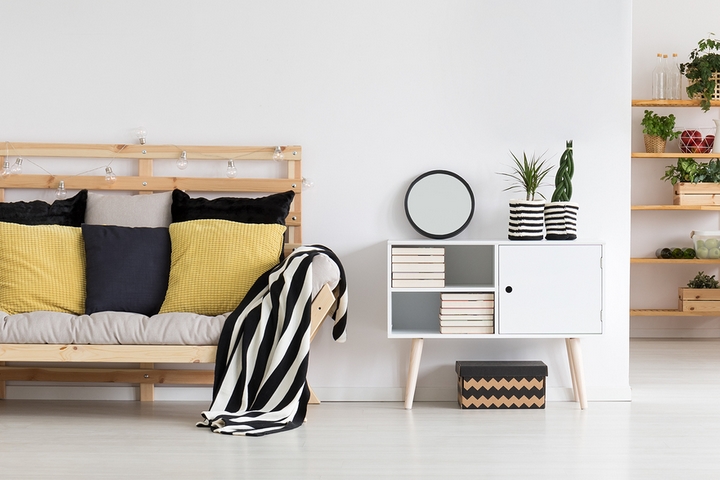
Especially in a large living room, colour is a major way to different sections in the space. Combined with living room furniture, use colour to define places like where to sit, where storage is, where to walk, if there’s a pathway, if there’s a workspace in the room, the reading nook, or whatever you may have going on in the room.
A multi-coloured living room can be very advantageous in these larger rooms that do not have natural borders between activity spaces.
Balancing Colours Is Everything
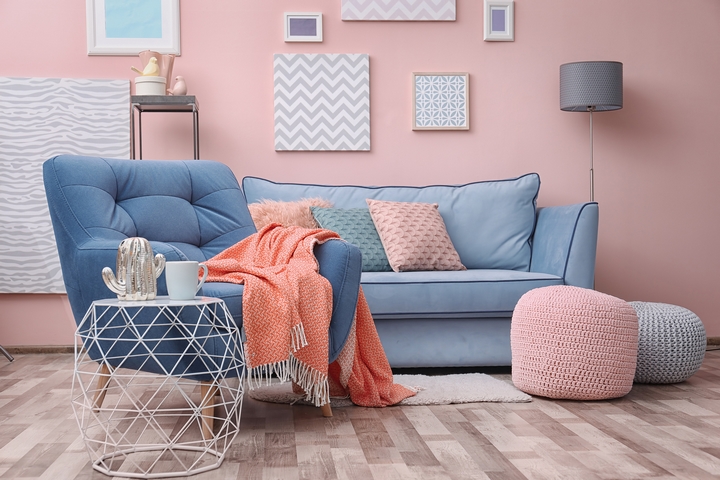
A living room needs to have balance, including when it comes to its colours. A colour that’s feeling overly dominant may not work. Depending on the circumstances, equal use of colour may not work.
Have a serious look at how the room is balanced, in light and dark shades, how much of each colour is used, what shades are used and how, and the overall atmosphere.
Your Biggest Colors Are Your Accents
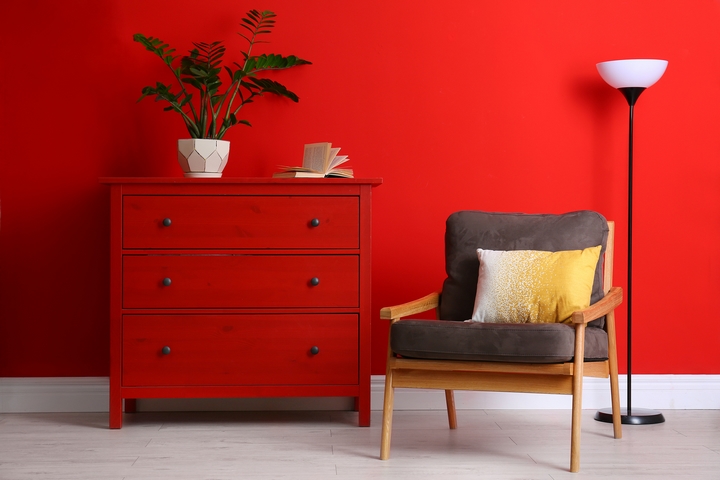
The most eye-catching of your colours in a living room will be on your accents. Accent décor is where to use your most impactful colours. This will be on throws, blankets, rugs, pillows, artwork, and any centrepiece-like home décor. Some living rooms use curtains and window treatments to feature similar big colours.
Experiment and Be Creative
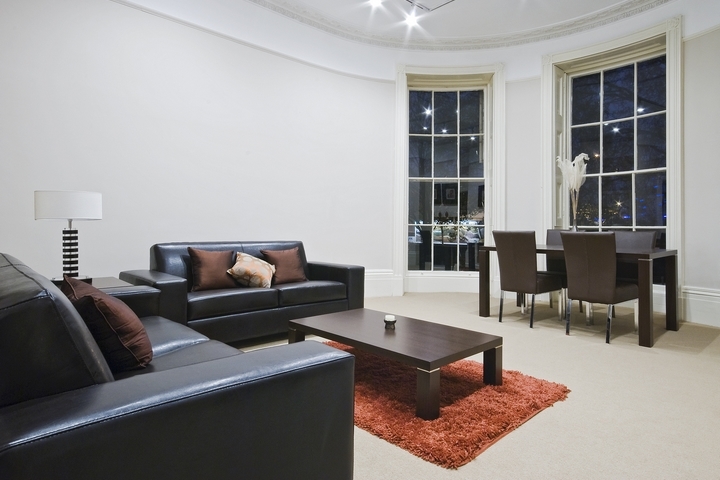
Don’t hesitate to break some rules and have fun. If you want to be bold, go for it. Make an accent wall pop. Do an abstract mural with your chosen colours. Test out on paper by drawing out different ways to arrange your chosen colours.
You may find yourself very happy breaking the rules and doing something unexpected if it’s justified or in line with your personal preferences.


